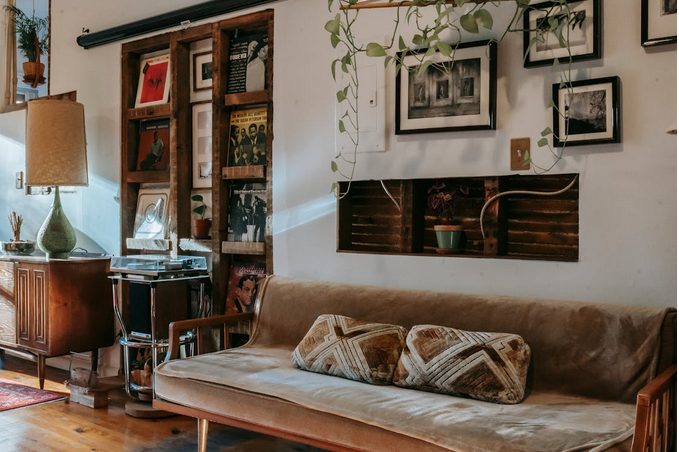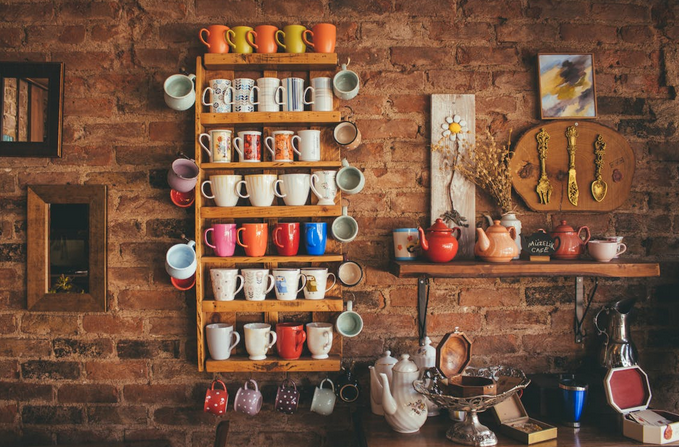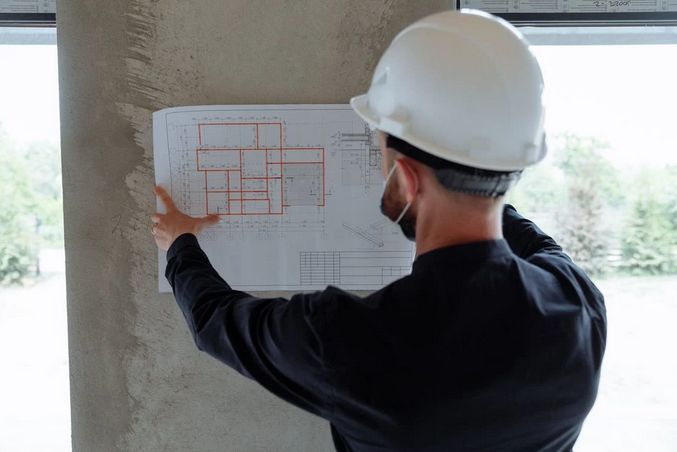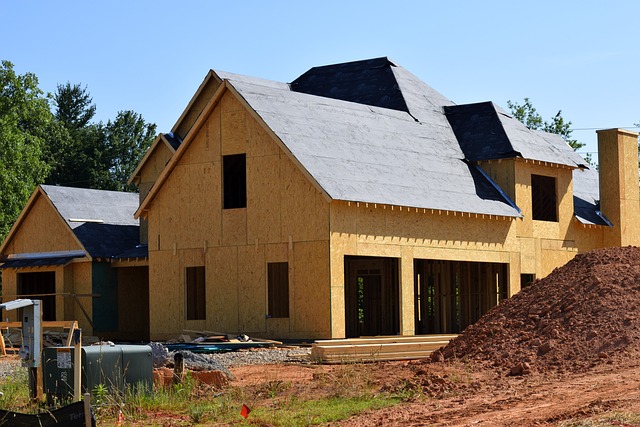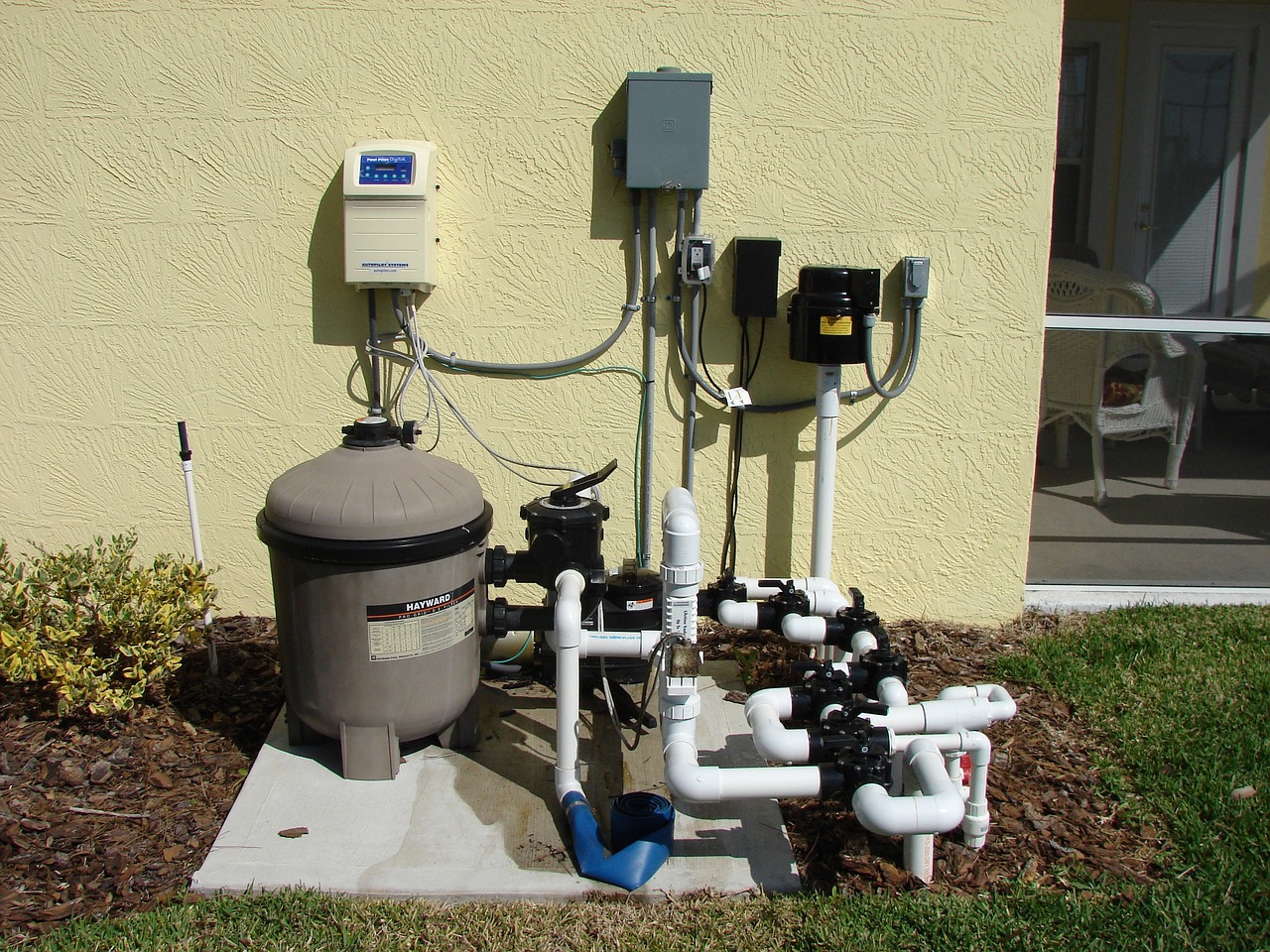
The Importance of a Sump Pump: Why You Need One in Your Home
When most people think of things they need in their home, a sump pump is not one of the first things that come to mind. However, a sump pump is an integral part of any home. Find out more to ensure you have one installed if you don’t already. This blog post will discuss the importance of a sump pump and why every homeowner should have one!
It Offers Protection From Sewage Backups
 One of the main benefits of having a sump pump in your home is that it can help protect you from sewage backups. Sewage backups are one of the worst things that can happen to any homeowner and often cause significant damage. A sump pump works by pumping water away from your home and keeping it away, so if there ever were a sewage backup, it would be kept away from your home.
One of the main benefits of having a sump pump in your home is that it can help protect you from sewage backups. Sewage backups are one of the worst things that can happen to any homeowner and often cause significant damage. A sump pump works by pumping water away from your home and keeping it away, so if there ever were a sewage backup, it would be kept away from your home.
It Protects From Floods
Another benefit of having a sump pump is that it can protect your home from flooding. If you live in an area prone to heavy rain and flooding, a sump pump is a must-have. A sump pump will detect when water levels are too high and then pump it away from your home, preventing flooding and potential damage.
It Offers Basement Safety
A sump pump is even more important if you have a basement in your home. Basements are typically the first place where water will accumulate if there is ever any flooding or heavy rain. A sump pump will help pump any water out of the basement, keeping it dry and safe. In addition, a sump pump will help keep any mold or mildew from forming in your basement, which can be hazardous to your health.
It Improves Air Quality
Having a sump pump can also help improve the air quality in your home by keeping mold and mildew away. Without a sump pump, moisture can build up in areas such as basements or crawl spaces, creating an environment where mold and mildew can thrive. A sump pump will help keep these areas dry and free of moisture, thus improving the air quality in your home.
As you can see, having a sump pump in your home is essential to protecting it from flooding, sewer backups, and poor air quality. While it may seem like a small investment now, having a sump pump can save you thousands of dollars by preventing water damage and other flooding-related issues. So if you don’t have one already, make sure you get a sump pump installed today.…
